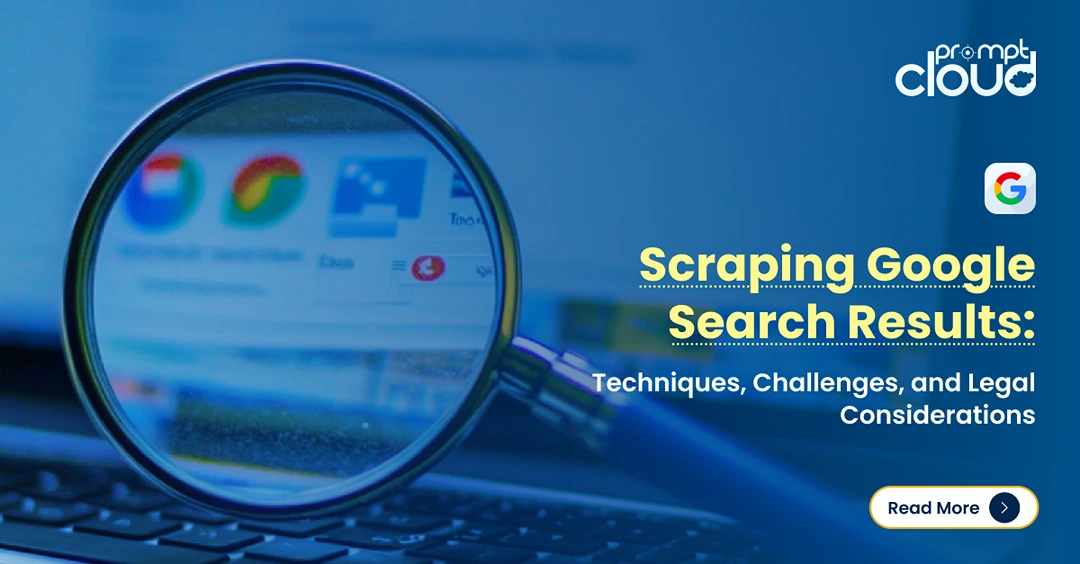
The web is like an ever-expanding public library with piles of books and no central filing system. A web crawler essentially collects the pages during the crawl process and then creates an index, so we know precisely how to search for things. Similar to the index in the back of a book, the search engine indexing comprises information about words and their locations.
Search engine indexing is the process of collecting, parsing and storing data for use by the search engine. It is the indexing that makes available the results for search queries and pages that are submitted for the search engine index. The purpose of storing an index is to enhance performance and speed in returning relevant documents for a search query.
In the absence of web indexing, the search engine would consume substantial amounts of time and computing power in scanning every document in the corpus. The additional computer storage required to store the index and the considerable surge in the time needed for an update to happen is traded off for the time that is saved while the information is being retrieved.
Here are five tips that will help you index your data right.
1. Create Sitemaps
A sitemap is a list of pages of a website that can be accessed by crawlers or users. The content of the site is structured in a site map that allows crawlers to navigate through the website for data indexing.
Creating and submitting sitemaps can help your site discover fast for crawling and indexing. Google XML format was developed for the search engines, helping them find data sooner and proficiently.
If you are familiar with the building of XML sitemaps, you can construct one from scratch or you can use an online tool that will do the work for you. Once it is in place, you need to submit it to search engines, which will help them index your website meticulously. It is also important to update the sitemap periodically as you include new data on your website so that all your pages are included in the indexing data.
2. Do Not Forget The Mobile Sites
The globe has gone mobile, with many people using mobile phones to access the Internet. Mobiles phones have transformed how we engage in our daily life. However, utilizing the potential of the mobile search audience is not easy.
Mobile sites use a different format from the normal desktop sites and require specific knowledge for site management. To make sure your mobile site data is indexed, create a Mobile sitemap too.
There are some mobile sites that allow access only to mobile phones, making it difficult to access the site for indexing. If you would like your mobile site crawled, allow any user-agent to have access to your site. In addition, ensure that the URL can be viewed on a mobile site and is in proper mobile format.
3. Structure of URLs
URL (Uniform resource locator) is the address for documents on the Internet and is of great importance from a search viewpoint. Simple to understand URLs will deliver content information easily, which would result in better indexing of data by search engines.
To create an appropriate URL, use words that are related to your site’s content and structure. Keyword usage is important but does not go overboard by stuffing multiple keywords. Also, try to use and refer to one URL in the structure and internal linking of your pages.
4. Linking
Links offer relevancy traces that are immensely valuable for search engines. Both internal linking and external linking have an importance of their own.
Make sure that you have simple links throughout your site and check them regularly to confirm that they are still working. Internal linking is useful for establishing site architecture and dispersing link juice. External linking also spreads link juice, but they function differently from internal linking. Make sure no duplicate content is reverted through dissimilar URLs again. The more time the crawler uses in processing y
5. Content Optimization
Content is by far the most important criterion for increasing crawling and indexing. Create content that is fresh, unique and easy to follow. This will automatically increase the search engine crawl rate. If you reuse old content and do not update your content regularly, you will notice that it is quite sometime before the search engine indexes your new page. In some circumstances, it may not index them at all. Duplicate and stale content are destined to be disregarded.
Do not forget that crawlers cannot process images directly. Images are included in search results only if they are properly optimized. So use “alt” tags for image-related information.
Keywords are the building blocks of search. As the engines crawl and index the content around the internet, they retain those pages in keyword-based indexes rather than depositing all web pages at one place. But stay away from abusing keywords in an effort to influence the engines.
Following the best practices outlined above will make it easier for the search engine to crawl, process, and index the content on your site. Making small amends to parts of your website can go a long way in delivering results. When viewed individually, these changes may be trivial, but when combined with other optimizations, they could have a clear effect during indexing. Once the content on your website is indexed, you will observe more traffic from search queries. To perform well in today’s search set-up, you have to be creative. By following proven strategies, you too can index your data right.




















